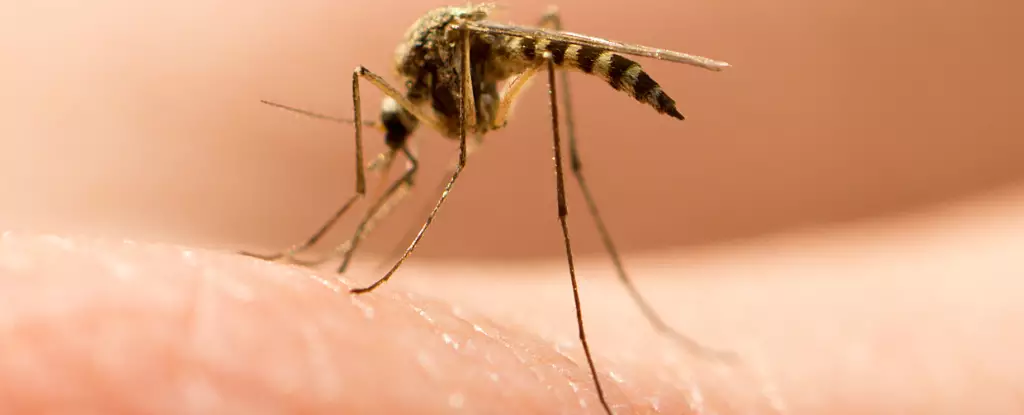In a tragic turn of events, a resident of Hampstead, New Hampshire, succumbed to the rare mosquito-borne eastern equine encephalitis (EEE) virus. This individual, identified only as an adult, was hospitalized with severe central nervous system disease before losing their battle with the illness. The New Hampshire Department of Health and Human Services (DHHS) made the announcement, highlighting the rarity of EEE cases in the state.
The recent infection and subsequent death in New Hampshire underscore a growing concern across New England regarding the increased risk of EEE. Climate change is believed to be exacerbating this threat, leading to a surge in mosquito populations carrying the virus. Earlier this month, Massachusetts reported the first human case of EEE for the year, affecting an elderly man. In response, public health officials have implemented various measures to mitigate the risk, such as voluntary outdoor curfews, park closures, and mosquito population control through aerial and ground spraying.
According to the Centers for Disease Control and Prevention, individuals infected with eastern equine encephalitis may experience a range of symptoms, including fever, headache, vomiting, diarrhea, seizures, behavioral changes, and drowsiness. In severe cases, the virus can lead to inflammation of the brain and spinal cord membranes, causing encephalitis and meningitis. Shockingly, around 30 percent of those infected with EEE do not survive, while many survivors face long-lasting physical and mental consequences. It is crucial to note that children under 15 and adults over 50 are at a higher risk of experiencing severe complications from the virus.
With no vaccines or specific treatments available for eastern equine encephalitis, prevention is key in combating the spread of the virus. Health officials advise the public to use insect repellent, wear protective clothing when outdoors, and eliminate sources of standing water around homes to reduce mosquito breeding sites. These simple yet effective measures can help lower the risk of EEE infection and protect communities from the devastating consequences of this rare but deadly virus.


Leave a Reply